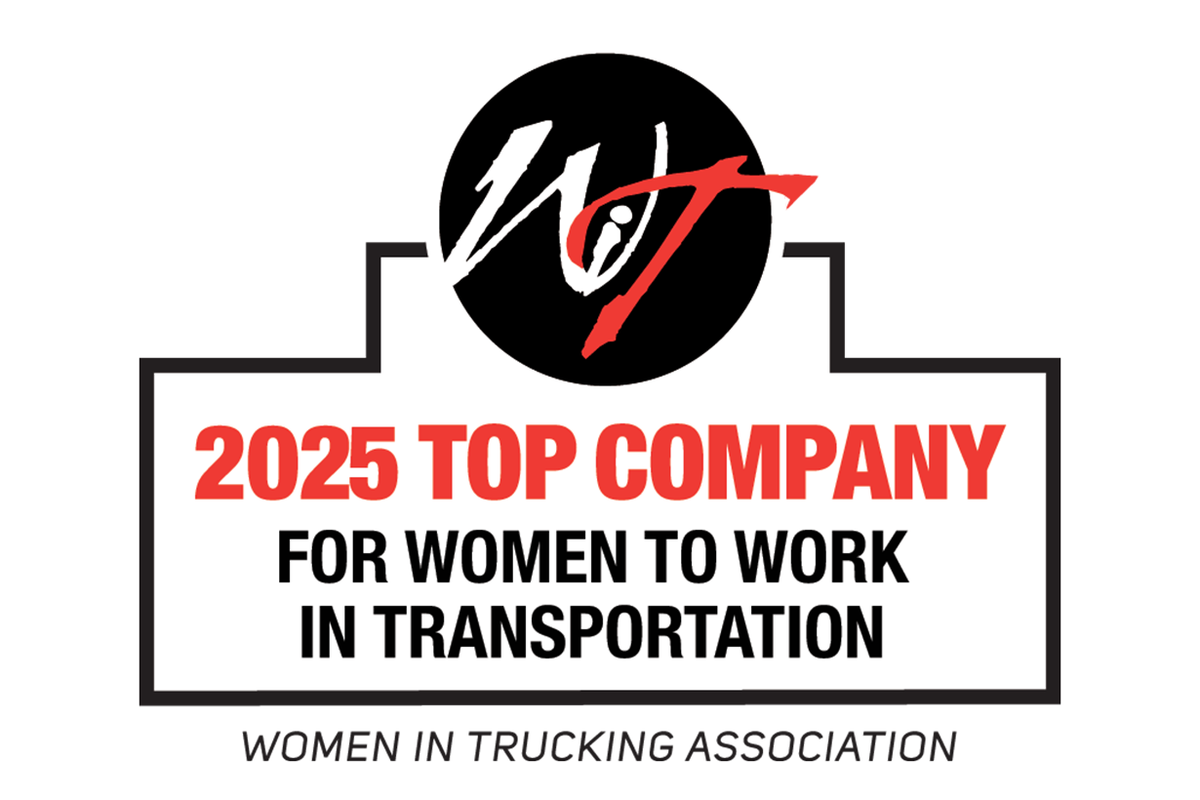The 2025 3PL Study: Shippers, 3PLs Navigate Change within an Evolving Supply Chain

Shippers and 3PLs are working together to increase efficiency, improve performance and meet the ever-increasing expectations within the supply chain. Best practices and solutions continue to shift as market conditions change and new challenges arise.
Relationships are critical to the overall success of end-to-end supply chains, and the 2025 Annual Third-Party Logistics Study found that 89% of shipper respondents said their relationships are successful, a decrease from 95% in the previous study. Among 3PL respondents, 94% said their relationships were successful, down slightly from the prior year's result of 99%.
The full study, which is sponsored by NTT Data and Penske Logistics, is available free of charge at www.3PLStudy.com. Past publications can also be accessed as well.
“The supply chain environment is changing. A lot of organizations are contemplating alternate approaches and rethinking their strategies. As a result, they are taking a more critical, in-depth look at their relationships and partnerships,” said Dr. C. John Langley, clinical professor, supply chain information systems and director of development, Center for Supply Chain Research at Smeal College of Business at The Pennsylvania State University.
Shippers are benefitting from working with 3PLs, according to the study, which was released Oct. 1 at the Council of Supply Chain Management Professionals (CSCMP) EDGE conference in Nashville.
Among respondents, 82% agreed that the use of 3PL contributes to improved customer service, 66% said 3PLs contribute to reducing overall costs, and 68% noted that 3PLs provide new and innovative ways to improve logistics effectiveness.
The Annual Third-Party Logistics Study provides industry insights into the current state of the 3PL market, shipper-3PL relationships and the services 3PLs provide. It also takes a deeper dive into specific industry issues, including change management, the growing role of artificial intelligence in the supply chain and the importance of the direct-to-consumer experience.
Langley, who founded the study, along with Tim Brindley, vice president of supply chain consulting for NTT Data, and Ramu Pannala, vice president of information technology for Penske Logistics, discussed the report during a panel session.
Change Management in Shipper-3PL Relationships
Internal and external forces are bringing needed change to the supply chain, and managing that change is essential for success. Most respondents—61% of shippers and 73% of 3PLs—reported that the importance of change to their supply chains is either critical or significant.
For shippers and 3PLs, the biggest drivers of change include customer demands, economic factors and technological advancements. Other factors include supplier considerations, societal shifts and labor restraints.
The most identified area needing change was supply chain visibility, which was noted by 69% of shipper respondents and 68% of 3PLs. That was followed closely by technology, including digital and AI, with 62% of shippers and 63% of 3PLs listing it as a driver of change.
In addition to being guided by a structured process or framework, change management can help drive success. More than half of shippers—58%—and 76% of 3PLs reported using a change management framework. Respondents also reported that empowerment of people, involvement with people and leadership alignment and support can drive success.
Artificial Intelligence in the Supply Chain
Artificial intelligence has emerged as a transformative technology within the supply chain and is being used to operationalize data-oriented solutions, analyze data and improve decision-making.
Penske’s Ramu Pannala expects to see it affect every aspect of the supply chain. “Advancement of AI in supply chain creates opportunities for operationalizing very, very data-oriented solutions,” he said.
Among respondents, 46% of shippers and 3PLs see AI as a tool that can automate data analysis to identify patterns or solve problems. Respondents also view AI as a tool to automate repetitive mundane tasks to free up work. However, just one in ten respondents viewed AI as a tool to replace human intuition, indicating that supply chain talent will remain essential.
Some of the most significant gains within the supply chain could come from optimizing networks and routes, anticipating inventory demands, and predicting and preventing disruptions. “When you think about route and warehouse optimization, AI can pull in other factors that were not included before, which will make it better,” Pannala said.
3PLs with AI capabilities will have a competitive advantage, with shippers reporting that they are very likely (13%), likely (29%) or somewhat likely (32%) to switch 3PL providers based on their AI capabilities.
The Importance of the Direct-to-Consumer Experience
How consumers shop has changed dramatically over the past five years, and direct-to-consumer sales channels are expanding rapidly, creating new demands on the supply chain.
Speed is a critical differentiator in the D2C experience. Around half of respondents—48% of shippers and 53% of 3PLs—said customers expect deliveries in less than two days. Just over one-fourth of both groups—27% of shippers and 26% of 3PLs—reported that customers expect deliveries in two to three days.
Shippers and 3PLs agreed that delivery speed—two versus three days—is the top differentiator within the marketplace, with 53% of each group ranking it as the most likely differentiator. Both groups also ranked increased delivery visibility as being “most likely” or “very likely” to differentiate them from their competition.
Although speed is a priority, 30% of shippers and 3PLs said they are unwilling to absorb any shipping speed-related costs. The highest percentage of respondents—44% of shippers and 38% of 3PLs—said they are willing to absorb a small percentage of the costs.
Brindley notes that there are ways to speed delivery times while managing costs. “Direct-to-consumer thrives on delivering the consumer promise. Consumers are focused on the click-to-delivery timeframe, which opens up opportunities to streamline the fulfillment process without necessarily accelerating the delivery side and still meet expectations,” Brindley said.
Contemporary Issues
As part of the 2025 29th Annual Third-Party Logistics Study, the study team also evaluated critical issues shippers and 3PLs face in today’s supply chains that will shape the future. This year’s study focused on nearshoring and trends in real estate labor.
By “Move Ahead” Staff
DISCLAIMER: The content provided is for general informational purposes only. Penske makes every effort to ensure the accuracy of the information presented; however, the information herein is provided without any warranty whatsoever, whether express, implied or statutory. In no event shall Penske be liable for (i) any direct, incidental, consequential, or indirect damages (including loss profits) arising out of the use of the information presented, even if Penske has been advised of the possibility of such damage, or (ii) any claim attributable to errors, omissions, or other inaccuracies in connection with the information presented.




